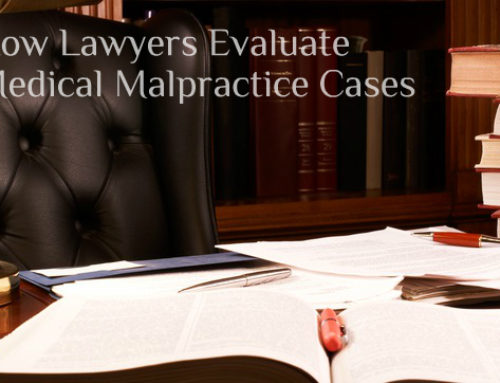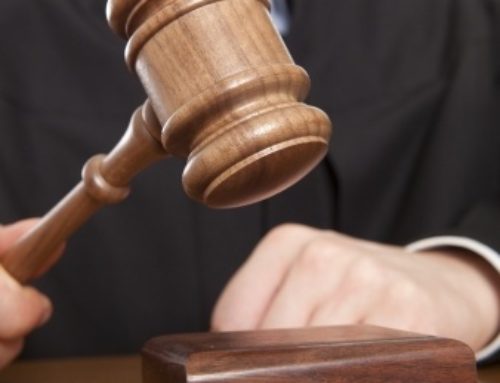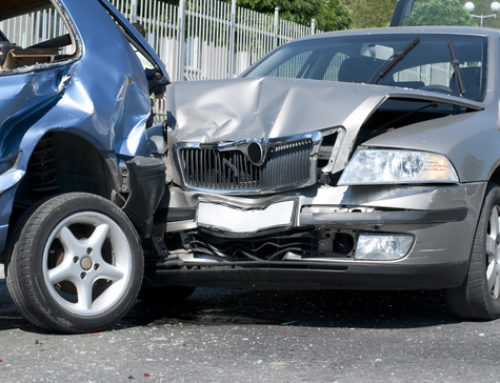Working on personal injury cases is always tough but it can be tough in different ways. In many instances, an injured party was injured in an accident or through negligence. It’s important to think of tort laws being used to avoid future injury by shaping responsible policy and also offering relief to those injured.
Then there’s the other types of cases. The types where malicious acts cause harm- where the burden of fault also contains potential criminal charges.
It would be nice to think that no one would intentionally infect another with a disease, especially not a deadly one and especially not during a pandemic. Sadly, stories like these have prompted courts to consider prosecuting those that spread, or even threaten to spread, COVID-19.
Whether it be to a criminal or civil court, providing evidence of this type of injury often proves difficult.
Lack of Precautions
First, let’s look at the muddier waters of lack of protective equipment. In most states and in most jobs, it is not mandatory to wear PPE. This limits who can be shown to have shirked a duty or created an intentional danger.
For a job where someone is required to wear PPE and fails to do so, the line of evidence is clear. Negligence and fault are quick to assign in personal injury cases. Whether a person could be prosecuted under criminal codes would come down to establishing a pattern or such behavior for an ideology or other intent.
Currently, failing to sign for something like contact tracing isn’t actionable. These tools are helpful for monitoring the spread of disease but not meant to call out citizens.
For an exposure to rise to the level of fault or negligence it needs to come with intent or a failure of duty.
Intentional Infection
The first hurdle in presenting a claim of intentional injury for an infection is limiting events. The main problem with a pandemic is that it’s everywhere. Proving that a specific exposure event occurred is difficult.
While it is possible to show an assault occurred in a case like spitting, someone coughing near you on purpose is nearly indistinguishable from them doing so as a natural reaction.
Currently, federal prosecutors are looking at using anti-terror statutes to categorize intentional spread. In doing so they would need to establish that the ‘biological agent’ of the virus was being transported for a purpose.
With anti-terror statutes, prosecutors are not limited to looking for direct exposure. Those who issue threats to do so or who encourage others to do so also fall under this purview.
Get Representation
Intentional harm is not limited to spreading of a disease. If you have been injured in an accident and a criminal case proceeded against the offender, you can still pursue them in civil court. Society benefits from prosecuting of criminals, but this does little to repair harm in your personal life.
Get help by contacting us for more information on how to proceed in a malicious attack resulting in injury. We’re here to help.













